What to Eat on an 1800 Calorie Diet Plan Indian Version: 5 Easy Meals You’ll Love
This 1800 calorie diet plan Indian edition includes 5 easy meals that balance taste, nutrition, and simplicity. Perfect for busy days.
If you’re aiming for weight loss or simply want to manage your health better, an 1800 calorie diet plan Indian style might be exactly what you need.
According to the CDC, reducing just 500–750 calories a day through lower calorie diet plans can lead to a safe and steady weight loss of 0.5 to 1 kg per week—no crash diets required. And don’t worry, this isn’t about eating boiled veggies all day.
You’ll still enjoy parathas, upma, and even a little dark chocolate (yes, really). Let’s break down how you can eat smart, stay full, and still hit your health goals.
Why Choose an 1800 Calorie Diet Plan Indian Style?
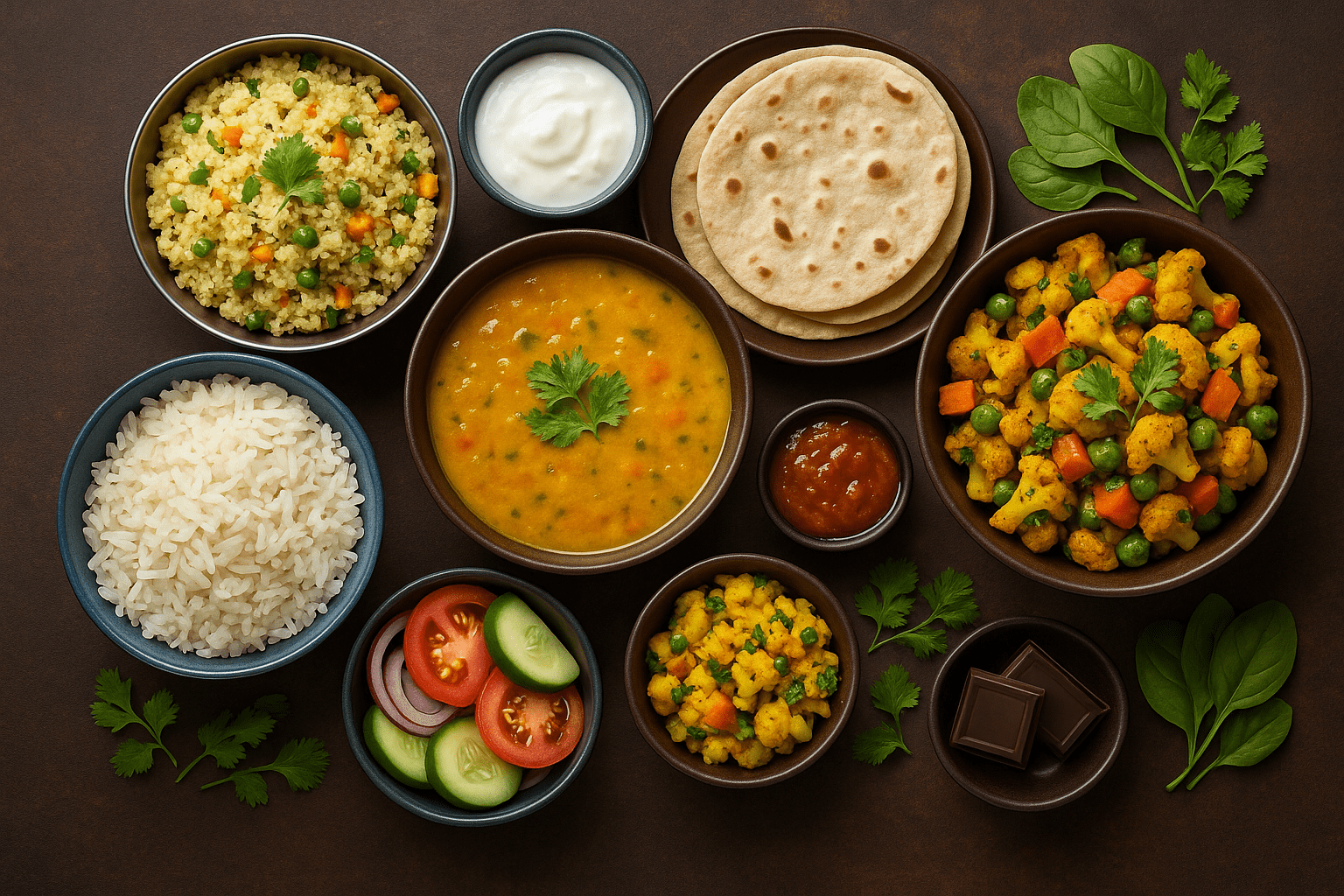
An 1800 calorie diet plan Indian style gives you enough energy while helping you control weight.
Many experts say that several factors indicate cutting 500–750 calories a day is the safest way to see steady weight loss of about 0.5–1 kg per week (CDC, 2023). This plan balances different food groups like grains, vegetables, and protein so you get complete nutrition.
It avoids too much saturated fat and includes healthier oils such as rice bran oil or olive oil. The goal is simple—meet your calorie needs without eating more calories than your body burns.
Who should follow this calorie diet (e.g., medium framed men, large framed men)
-
Medium framed men who want to seek weight loss safely.
-
Large framed men who need a structured diet plan to meet weight goals.
-
Women or adults with moderate activity level who want better overall health.
-
People looking for a healthy lifestyle without strict or crash diets.
A registered dietitian can tailor this diet plan to match your nutritional needs and body type. One of the experts, holding a master's degree in nutrition, confirms that balanced diets work best when tailored to calorie needs.
"Want a diet designed just for your body type? Balance Bite offers personalized Indian meal plans backed by clinical nutritionists. Start your journey today and see real results that last."
Nutrition Basics for an 1800 Calorie Diet Plan Indian
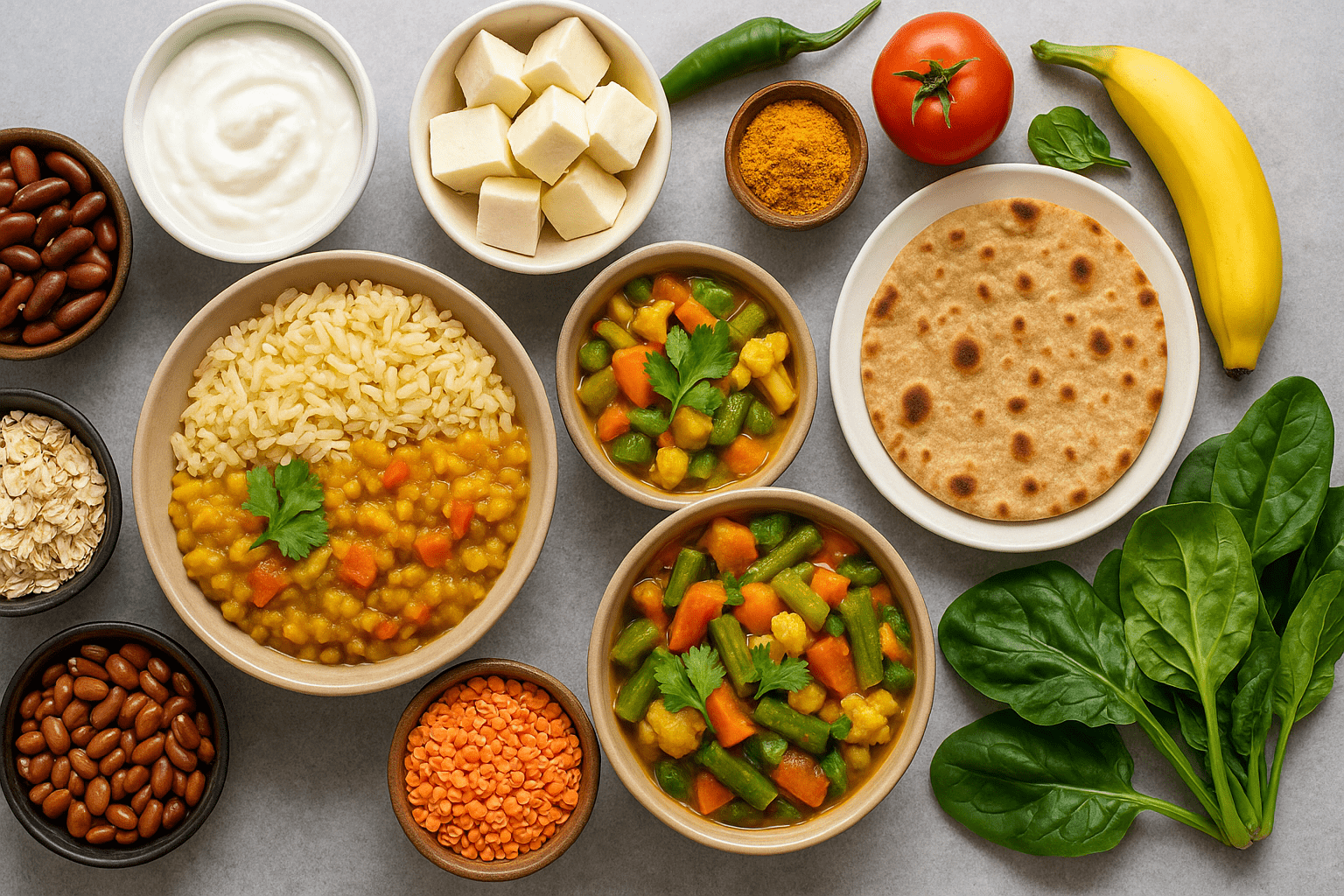
1. Balanced Food Groups
-
Include grains, pulses, vegetables, fruits, milk, and protein in your meals.
-
Each group adds unique nutrients: grains give energy, while vegetables and fruits add vitamins and minerals.
-
Example: parboiled rice with dal and sabzi gives a complete plate.
-
“Balanced diets lower the risk of lifestyle diseases by up to 30%,” notes WHO.
2. High-Fiber & Protein Power
-
Add high fiber foods like oats, whole wheat roti, beans, and leafy greens. Fiber keeps you full and supports a healthy gut.
-
Include protein in every meal—lentils, paneer, eggs, chicken, or fish. Protein helps in weight goals by reducing hunger and protecting muscle.
-
A diet rich in protein and fiber is linked to better weight reduction and improved energy.
3. Smart Fats with Oils
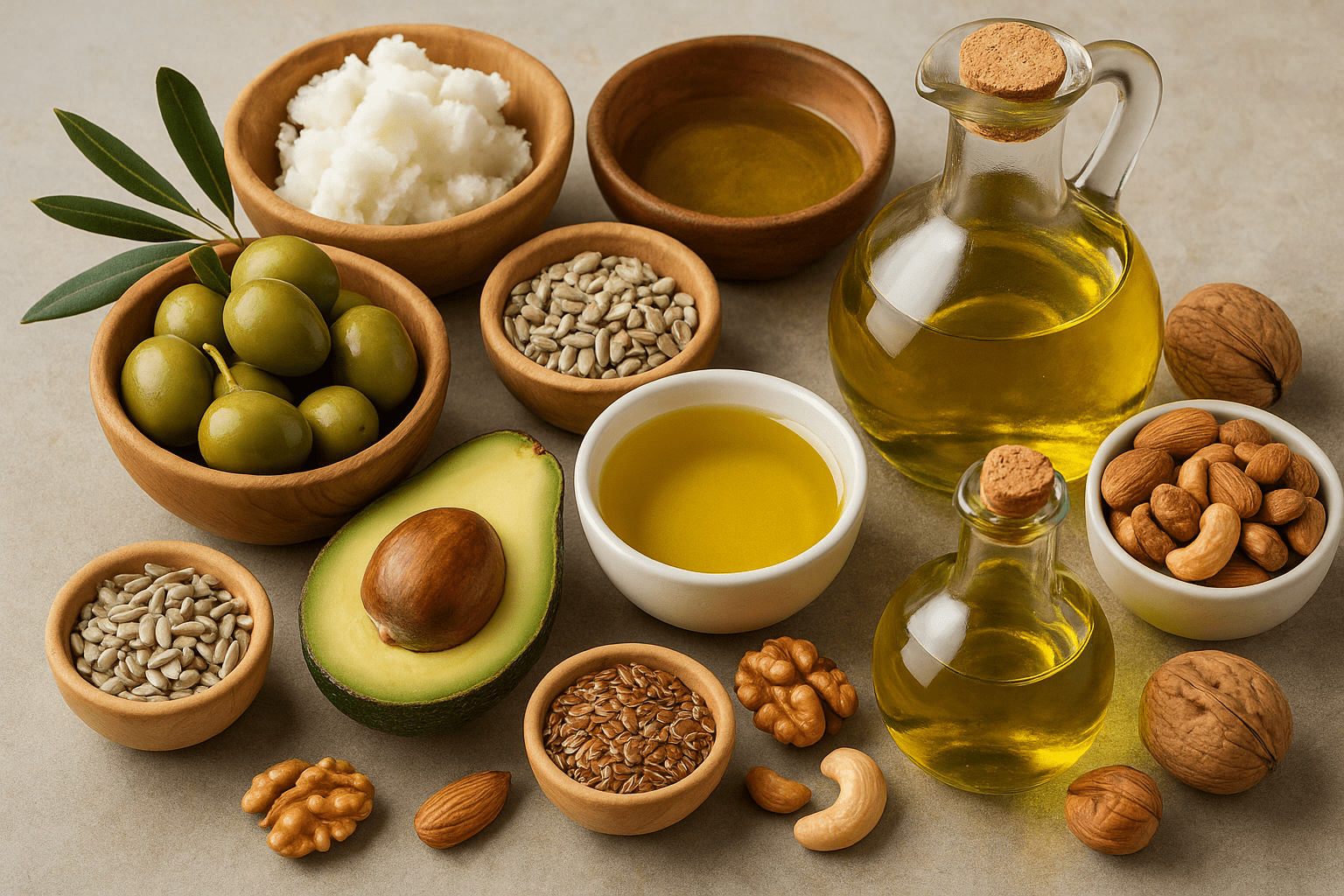
-
Use heart-friendly oils such as rice bran oil, olive oil, mustard oil, canola oil, or peanut oil.
-
Limit foods high in saturated fat like fried snacks or excess ghee.
-
Remember, a calorie diet is not about cutting all fats, but about using the right ones in the right amounts.
-
Studies show switching to vegetable oil blends can improve cholesterol levels in 8–12 weeks.
4. Carbs That Work for You
-
Carbohydrates are your body’s main source of energy. But not all carbs are the same.
-
In an 1800 calorie diet plan Indian, choose complex carbohydrates such as parboiled rice, whole wheat roti, oats, and millets.
-
These foods release energy slowly, so you feel full longer.
-
Replace sugar in snacks with fruits or dates. Add beans or lentils for extra fiber and protein.
5. Indian Flavors, Healthy Choices
-
Indian food is packed with indian spices that make meals both tasty and healthy. Adding Indian spices like turmeric or cumin can enhance both flavor and digestion without extra calories.
-
Cooking with fresh herbs keeps meals flavorful without adding more calories. Flavor food with fresh coriander, garlic, and chili instead of heavy sauces.
-
Even your oils matter—using rice bran oil, mustard oil, peanut oil, or olive oil instead of excess ghee cuts down on saturated fat. Cook vegetables with a teaspoon of canola oil or olive oil.
6. Treats in Moderation
-
An 1800 calorie diet plan indian allows small extras if they fit within your daily totals. For example, a piece of dark chocolate or a small serving of dessert once in a while is fine.
-
Limit fried snacks and foods high in saturated fat.
-
Add an extra snack like nuts, yogurt, or fruit instead of processed food.
Daily Totals: How to Track Calories, Meals, and Nutrition
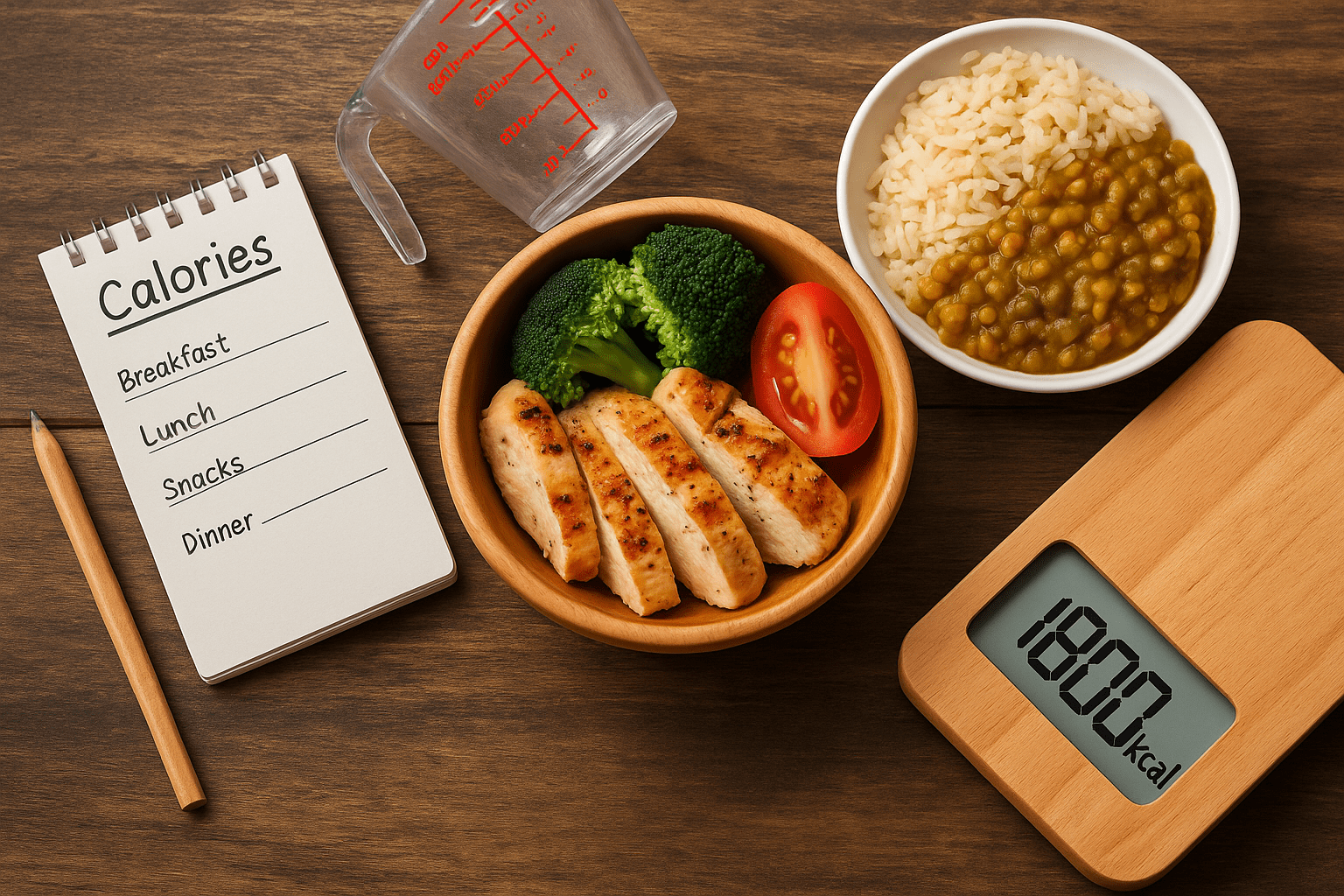
-
Count Your Calories the Smart Way: Write down what you eat or use a free mobile app. Add the calories from each food item and keep a running total. Example: 1 cup of parboiled rice = about 200 calories, 1 roti = 100 calories. Smart counting keeps you within the 1800 calorie limit.
-
Break Calories into Meals: Spread your 1800 calories into 5 meals: breakfast, lunch, dinner, and 2 snacks. Example: Breakfast 400 cal, Lunch 500 cal, Snacks 300 cal, Dinner 600 cal. Smaller meals help control hunger and maintain steady energy levels.
-
Focus on Nutrient Balance: Don’t just count calories—check nutrition too. Each meal should have protein, carbs, fat, and high fiber foods. Example: Parboiled rice + dal + sabzi gives carbs, protein, and fiber in one plate.
-
Watch What Adds Up Quickly: Some foods add more calories without much nutrition. Examples: fried snacks, white bread, white rice, and sugary drinks. Swap with nutrient dense foods like oats, whole wheat roti, or fruits. Avoid foods like white pasta that add more calories without much nutrition.
-
Use Simple Tools for Accuracy: Use measuring cups or a small kitchen scale for portion sizes. Even a printed diet chart helps you stay accountable. Tracking your daily totals makes progress easier to see.
-
Connect Meals with Lifestyle: Match your diet plan with your activity level. If you exercise, add a healthy extra snack like nuts or yogurt. If you sit most of the day, stick to lighter carbs and more vegetables. A registered dietitian can tailor your plan to your weight goals and health needs.
"Counting calories on your own can feel confusing. Balance Bite uses advanced health reports and dietitian support to help you track meals, stay on target, and hit your goals without stress. Book your plan today."
The 5 Easy Meal Plan in the 1800 Calorie Diet Plan for Indians
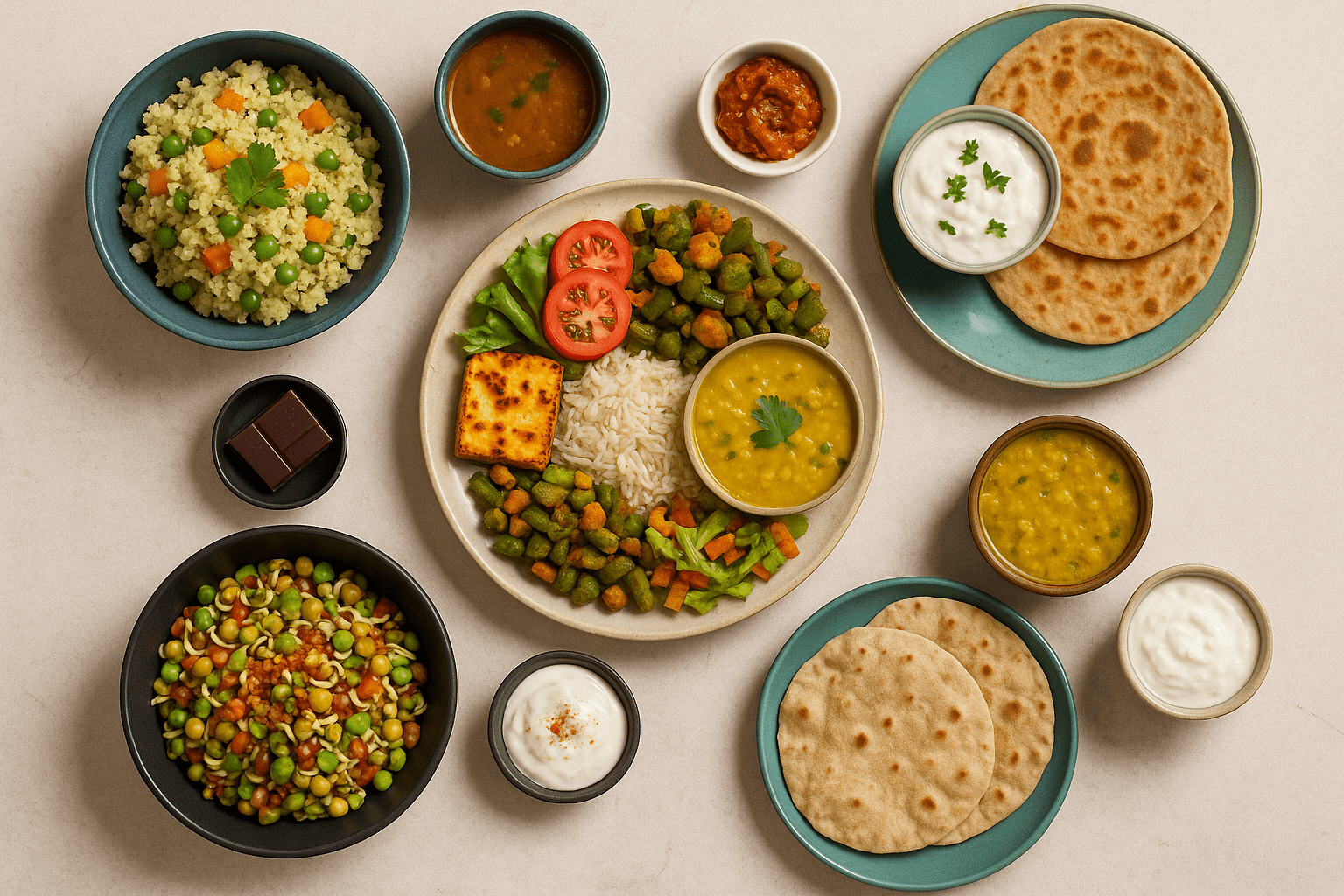
1. Breakfast (400–450 Calories)
-
Options: Vegetable upma with sambar, or 2 parathas with curd and pickle.
-
Add milk or a boiled egg for extra protein.
-
Tip: Choose parboiled rice idlis or oats for more high fiber foods.
2. Mid-Morning Snack (150–200 Calories)
-
Options: A small bowl of fruit chaat with indian spices (chat masala, cumin).
-
Or a handful of roasted chana + buttermilk.
-
Keeps your daily totals on track without adding more calories.
3. Lunch (500–550 Calories)
-
Options: 1 cup parboiled rice, 1 roti, dal, sabzi, salad, and a piece of grilled chicken/paneer.
-
Cook with healthier oils like rice bran oil or mustard oil instead of excess ghee.
-
This mix of different food groups provides balance and supports weight goals.
4. Evening Snack (150–200 Calories)
-
Options: Sprouts salad, vegetable poha, or 1 boiled corn cob.
-
Can add dark chocolate (small piece) if you crave a sweet treat—fits into daily totals.
5. Dinner (500–600 Calories)
-
Options: 2 phulkas with dal + sabzi + curd, or grilled fish with sautéed veggies.
-
Avoid white rice or white bread at night—choose lighter carbs for better digestion.
-
Use oils like olive oil or canola oil in small amounts for heart-friendly fats.
How to Tailor the Diet Plan to Your Weight Loss Goals
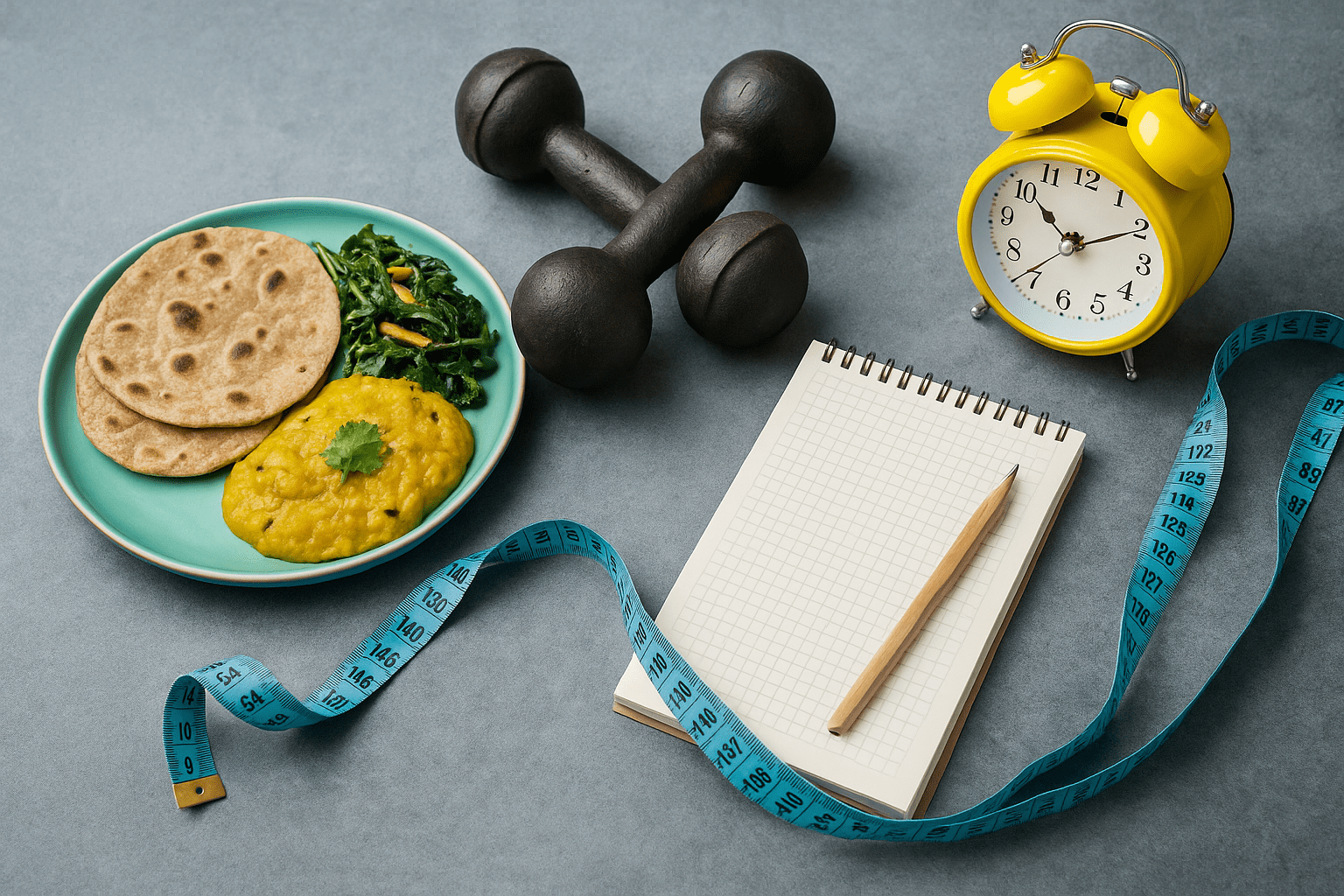
1. Match Calories with Your Body Type & Activity Level
Your body size and daily activity decide how many calories you need. Medium framed men, large framed men, and women may each require different calorie levels.
How to do it:
-
If you are more active, you may need an extra snack like fruit or nuts to support energy.
-
If you sit most of the day, cut down on simple carbohydrates such as white bread, sugar, or fried snacks.
-
Swap them with parboiled rice, whole wheat roti, and high fiber foods.
-
Aim for steady weight reduction, not quick fixes.
2. Combine Diet with Regular Exercise
A diet plan works best when paired with regular exercise. This burns fat, protects muscle, and boosts energy.
How to do it:
-
Add 30 minutes of walking, yoga, or cycling most days of the week.
-
Balance meals with your activity level. For example, eat a bit more protein like dal or chicken on workout days.
-
Remember, cutting calories alone may cause weakness. Exercise helps you stay strong while losing weight.
3. Personalize with Expert Guidance
Everyone’s nutritional needs are different. Health conditions, stress, or even age can change how your body responds to an 1800 calorie diet plan Indian.
How to do it:
-
Consult a registered dietitian to adjust your diet plan safely.
-
They can design meals that fit your calorie needs and prevent nutrient gaps.
4. Understand Your Safe Rate of Weight Loss
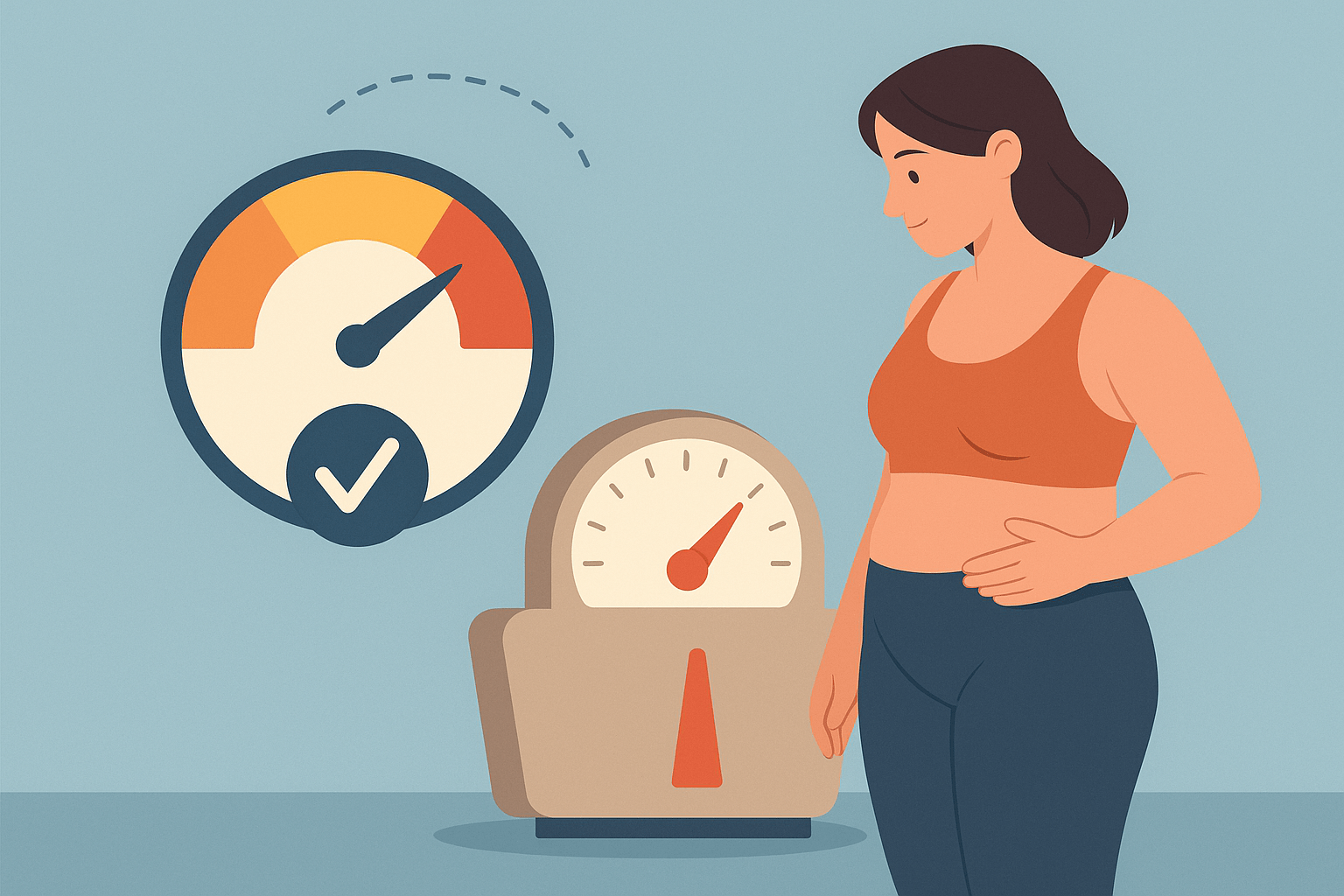
Losing weight too fast can harm your health. Experts like the CDC recommend a safe rate of about 0.5 to 1 kg per week. Going beyond that may cause stress, muscle loss, or nutrient gaps.
How to do it:
-
Stick to your daily totals of about 1800 calories.
-
Focus on steady weight reduction, not quick fixes.
-
Add nutrient dense foods like dal, vegetables, and parboiled rice to meet your nutritional needs.
-
Track progress weekly, not daily, to avoid frustration.
A steady drop in weight and better energy are a good sign that your 1800 calorie diet plan Indian is working.
5. Watch Liquid Calories
Drinks can sneak in more calories without making you feel full. For example, one glass of soda can add 150–200 calories.
How to do it:
-
Avoid sugary juices, sodas, and milkshakes.
-
Choose milk, buttermilk, or unsweetened green tea instead.
-
Remember that alcohol also adds calories quickly without nutrition.
-
Swap high-sugar drinks with water flavored with lemon or mint for better overall health.
6. Adjust Carbs Based on Activity
Your activity level decides how many carbohydrates you need. If you exercise more, you may need a bit more starch. If you sit all day, you need fewer carbs to prevent extra fat gain.
How to do it:
-
On workout days, include an extra serving of parboiled rice, sweet potatoes, or whole wheat roti.
-
On rest days, cut back on simple carbohydrates like white bread, white rice, or fried snacks.
-
Always pair carbs with protein and high fiber foods for steady energy.
-
A clinical nutritionist, says: “Carbs are not the enemy. The right carbs at the right time improve effectiveness of any calorie diet.”
7. Be Flexible with Food Items
An 1800 calorie diet plan Indian style should not feel boring or repetitive. Eating the same food every day can make you quit early. Flexibility keeps you motivated and still supports your weight goals.
How to do it:
-
Rotate protein: switch between dal, paneer, chicken, fish, or eggs.
-
Try different carbohydrates: parboiled rice one day, whole wheat roti or millet the next.
-
Use a mix of oils like mustard oil, rice bran oil, or olive oil to avoid excess saturated fat.
-
Add seasonal vegetables and fresh foods for variety and better nutrition.
Health Benefits of Following an 1800 Calorie Diet Plan Indian
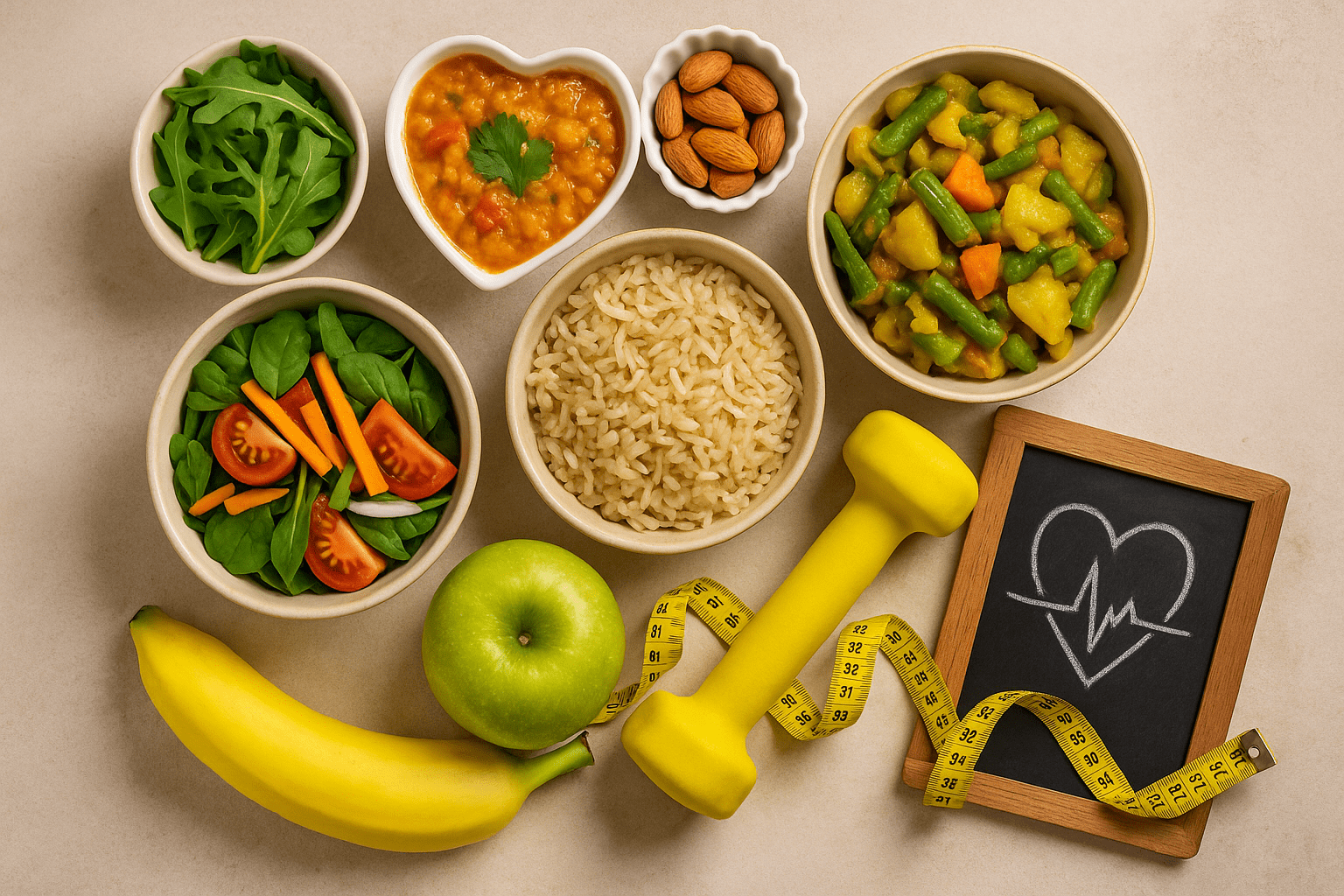
-
Better Digestive Health: Eating more high fiber foods like dal, vegetables, and fruits helps digestion. Fiber keeps your stomach full and prevents constipation. Choosing parboiled rice and whole grains instead of white rice or white bread also improves gut health.
-
Improves Nutrition Quality: This plan focuses on nutrient dense foods instead of empty calories. You get protein from lentils, paneer, or fish, plus vitamins from seasonal vegetables. Using healthier oils like rice bran oil, olive oil, or mustard oil avoids too much saturated fat while meeting your nutritional needs.
-
Reduces Stress & Cravings: Structured meals and snacks prevent overeating. A small piece of dark chocolate or a healthy extra snack like roasted chana can satisfy cravings. Research shows planned diets reduce food-related stress and improve mood.
-
Helps Manage Lifestyle Diseases: Cutting back on simple carbohydrates and fried snacks lowers risks of diabetes and heart disease. Swapping to vegetable oil blends and adding fresh foods improves cholesterol. Experts note that people on calorie-controlled diets see better blood sugar control within 12 weeks.
-
Improves Body Composition: By balancing protein, carbs, and fat, this plan helps you lose fat while keeping muscle. That means a leaner, stronger body, not just lower weight. Paired with regular exercise, the 1800 calorie diet plan Indian supports long-term fitness.
Case Study: Balance Bite — Clinical Nutrition That Delivers

Challenge: Busy executives and families struggled with inconsistent diets and grocery planning. Despite effort, over 70% had poor biomarker scores (high HbA1c, cholesterol, fatigue markers), leading to stalled health progress.
Strategy & Execution:
-
One-on-one consultation with a dedicated registered dietitian
-
Blood tests analyzing 50+ health markers
-
Personalized meal plan & curated groceries aligned with calorie and nutrition goals
-
Ongoing monitoring with monthly adjustments
Tools/Methods:
-
Clinical-grade ingredients (parboiled rice, cold-pressed oils, superfoods)
-
Data-driven nutrition planning using advanced health reports
-
Continuous progress tracking via biomarker reviews
Closing Insight: Within 90 days, 200+ families saw 1.2% HbA1c reduction and 88% reported higher energy. Balance Bite proves that clinical precision + personalized diet plans can transform health outcomes for busy Indian families.
FAQs: Common Questions About the 1800 Calorie Diet

1. Can I include sugar or extra snacks?
Yes, but in small amounts, keeping in mind your dark chocolate daily totals . An 1800 calorie diet plan Indian style allows room for an extra snack if you track your daily totals. Instead of a sugary soda or dessert, pick healthier choices like fruit, roasted chana, or yogurt.
A little sugar in tea or coffee is fine, but avoid high-sugar drinks that add more calories quickly without nutrition.
2. How do I differ my plan for weight goals?
Your diet plan should match your weight goals and activity level. If you want faster weight reduction, cut down on simple carbohydrates like white rice or fried snacks and add more high fiber foods and protein.
If you are very active, you may need a bit more starch such as parboiled rice or sweet potatoes. Always adjust portions, not the entire meal structure.
3. Is dark chocolate allowed in daily totals?
Yes, in moderation. A small piece of dark chocolate (about 50–70 calories) can fit into your calorie diet without hurting progress. It even has antioxidants that support overall health. Just make sure it counts as part of your daily totals and doesn’t replace more nutrient-dense foods.
4. Should I seek advice from a registered dietitian?
Absolutely. A registered dietitian can personalize your 1800 calorie diet plan Indian to meet your nutritional needs. They check your body type, lifestyle, and health history before making changes.
As the American Dietetic Association notes, people guided by dietitians see better long-term success with weight loss and healthy lifestyle habits.
Final Note
An 1800 calorie diet plan Indian style is a safe way to improve health and reach your weight goals. The key is balance—eat foods from different food groups, choose high fiber foods, and avoid too much white bread, white rice, or red meat.
Add variety by using oils like rice bran oil, olive oil, or peanut oil instead of only ghee. You can enjoy a small treat like dark chocolate if it fits into your daily totals. Remember, the safe rate of weight loss is slow but steady.
A registered dietitian can guide you if you want more details tailored to your body type or lifestyle. Stay flexible, stay consistent, and enjoy the results.




















Leave a comment
Translation missing: en.blogs.comments.discription